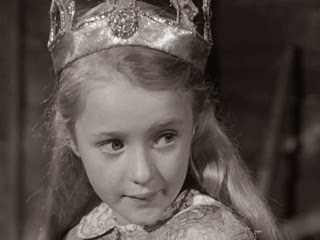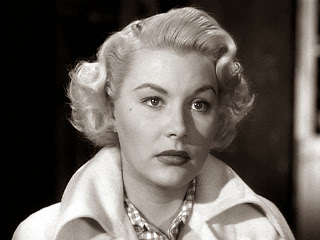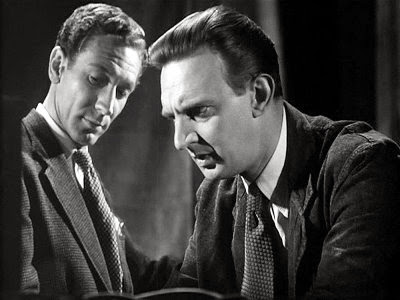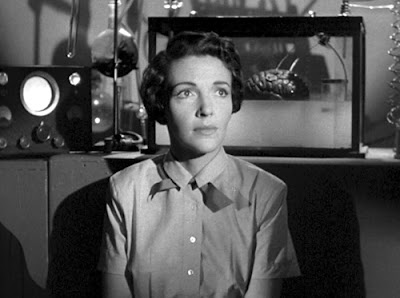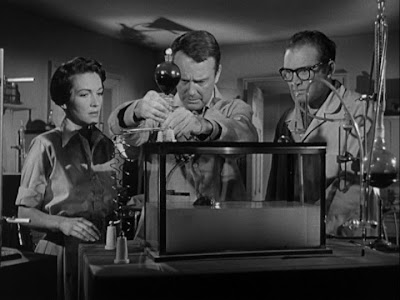Main Events Of 1954
Newsreel 1954
Innovation, Science & Technology
- The first nuclear-powered submarine, the USS Nautilus, is launched
- Hydrogen bomb test “Castle Bravo” has been conducted on Bikini Atoll in the Pacific Ocean.
- RCA manufactures the first colour TV set which has a 12-inch screen and is priced at $1,000
- The world's first atomic power station opens at Obninsk, near Moscow.
- The Soviet Union test fires a thermonuclear bomb for the first time.
- Texas Instruments announces the development of the first commercial transistor radio.
- The TV dinner is introduced by the American entrepreneur Gerry Thomas.
- Hartwell Harrison, and Joseph Murray perform the world's first successful kidney transplant in Boston, Massachusetts.

International Affairs
(Indo-China)

- U.S. President Dwight Eisenhower authorizes $385 million, over the $400 million already budgeted, for military aid to Vietnam and warns against United States intervention in Vietnam.
- In Vietnam, French troops begin the battle against the Viet Minh in Dien Bien Phu.
- The Viet Minh capture the main airstrip of Dien Bien Phu which almost isolates the remaining French Army units there.
- Vice President Richard Nixon announces that the United States may place troops in Indochina “regardless of Allied support.”
- U.S. Secretary of State John Foster Dulles accuses Communist China of sending combat troops to Indo-China to train the Viet Minh guerrillas.
- The "domino theory" is outlined in a speech by Dwight D. Eisenhower, later to be used as a justification for US military intervention in South East Asia
- The Battle of Dien Bien Phu ends in a French defeat.
- U.S. Secretary of State John Foster Dulles declares that Indochina is not essential to the security of Southeast Asia, thereby removing the likelihood of American intervention on the side of France.
- In what is called the ‘First Indochina War,’ the Geneva Conference results in French forces being sent to the south of a ceasefire line, with Vietnamese forces to be located to the north. Elections are called to decide the government for all of Vietnam by July 1956. The failure of this agreement leads to the establishment de facto of regimes of North Vietnam and South Vietnam, and the start of the ‘Vietnam War.’ The Viet Minh takes control of North Vietnam. In South Vietnam, the Viet Minh is reorganised into the Viet Cong.
- The Southeast Asia Treaty Organization (SEATO) is established, which has implications for Australia’s eventual involvement in the Vietnam War.

(Cold War & International Relations)
- The Soviet Union recognises the sovereignty of East Germany and Soviet troops remain in the country.
- Vladimir Petrov defects from the Soviet Union and asks for political asylum in Australia.
- The Royal Commission on the Petrov Affair in Australia begins its inquiry.
- A Soviet spy ring in Australia is unveiled
- Senator Joseph McCarthy begins hearings investigating the United States Army for being "soft" on Communism.
- The United States Senate condemns Joseph McCarthy for "conduct that tends to bring the Senate into dishonour and disrepute."
- West Germany joins NATO.
- The CIA orchestrates a military coup in Guatemala. Guatemalan President Jacobo Árbenz steps down as a result of this CIA-sponsored coup, which ushers in a bloody civil war that endures for more than 35 years.
(Other International Events)
- Muslim Brotherhood member Mahmoud Abdul Latif tries to kill Gamal Abdel Nasser.
- Algerian War of Independence begins in which the Algerian National Liberation Front begins a revolt against French rule.
- Egyptian president Mohammed Naguib is deposed, and replaced by Gamal Abdel Nasser.
- The Korean Cold War between the North and the South begins over a year after the conclusion of the Korean War and lasts to the present day (2013) with both sides still technically at war as no peace treaty has been signed.
- Laos gains full independence from France.
Popular Culture

- Bill Haley & His Comets record "Rock Around The Clock" and Rock and Roll is launched.
- William Golding's novel ‘Lord of the Flies’ is published
- The first Godzilla film premieres in Tokyo.

Top Movies include;
- White Christmas
- The Caine Mutiny
- The Egyptian
- Rear Window
- Three Coins in the Fountain
Popular TV Shows include;
- I Love Lucy
- The Jackie Gleason Show
- Dragnet
- Disneyland
- The Jack Benny Show

Popular Music included songs like;
- Mr Sandman by The Chordettes
- Sh-Boom (Life Could Be A Dream) by The Crew-Cuts
- Shake Rattle and Roll by Bill Haley and The Comets
- Cry by Johnny Ray
- Three Coins In The Fountain by The Four Aces
- Oh! My Papa by Eddie Fisher
Sport
- Roger Bannister runs the first sub-four minute mile, in Oxford, England.
Celebrities
- Marilyn Monroe marries baseball player Joe DiMaggio
1954: An Overview
The economy continued to grow, the ‘Baby Boom’ was well underway and more wives began moving back into the workforce. The Dow Jones Industrial average rose 3.27 points, or 0.86 percent and closed at an all-time high of 382.74, surpassing for the first time its peak level prior to the Wall Street Crash of 1929. In the US gas cost 22- 29 cents per gallon, the annual inflation rate in the US was 0.32%, the average cost of a new house was $10.250.00 and a new car would set you back $1,700.00.


Television programmes included "Father Knows Best” and two of the most popular movies, “On The Waterfront" and "The Wild One" were screened. Rock ‘n Roll blasted on to the scene with the song “Rock Around The Clock" by Bill Haley and the Comets which featured in the Movie “Blackboard Jungle" And of course, Elvis Presley cut his first commercial record.





And where could we find this new generation of teenagers when they managed to get away from their parents? At the drive-in movies which became popular but which these days have almost become extinct in most places of the world. And how did they get there? Why, in the new symbol of freedom and coolness: cars, of course.

At this time television was becoming the dominant form of mass media. Teenagers were watching a greater number of hours per week of TV than ever before. An idealized view of life tended to be portrayed by this new medium. There was entertainment to be enjoyed with shows like “The Honeymooners,” “Father Knows Best,” “The Adventures of Ozzie and Harriet” and “I Love Lucy.” The era of the sit-com had arrived. There was also far more information about what was happening in the world with the use of video-taped pictures, coaxial cable, microwave relays and live broadcasts bringing events into people’s living rooms not long after or as soon as they happened.
In 1954, color TV broadcasts began to replace black and white broadcasts. Since people could now get their entertainment and news right there in their own living rooms, traditional print news media and entertainment media suffered a decline in much the same way that the internet and social media of today has been having an impact on the more traditional forms of entertainment and news media. Then, as now, it is either a case of adapt to changing circumstances or become extinct.
So what of Science Fiction film-making? In Sylacauga, Alabama, a four-kilogram piece of the Hodges Meteorite crashed through the roof of a house and badly bruised a woman. It was the first documented case of an “assault” on a human being from outer space. But that fact didn’t stop 1954 turning out to be another great year for science fiction movies featuring an array of alien life forms, an armada of alien space craft and intrepid human beings bravely going where mostly no men and even fewer women had gone before. And as was the case in previous years, strange things seemed to be happening in our skies………
If you enjoyed the journey through the sci-fi film offerings of 1953, then you’ll love what the year 1954 has in store for you. Here are some of the sci-fi films from 1954 that will be featured in this blog;
- 20,000 Leagues Under the Sea
- Crash of Moons
- Creature from the Black Lagoon
- Devil Girl from Mars
- Gojira (Godzilla)
- Gog
- Monster from the Ocean Floor
- Riders to the Stars
- Snow Creature
- Stranger from Venus
- Target Earth
- Them!
- Tobor the Great

©Chris Christopoulos 2013




